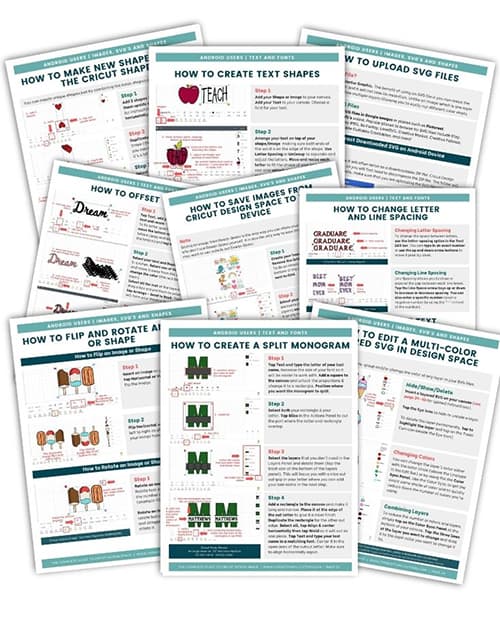

Loops are used to iterate the code a specific number of times until the specified condition is true. The rest of the cases are not considered further, and the program breaks out of the loop. Test the condition if a particular case is true, the control is passed to that block and executed. Tests condition, if condition true if block is executed else the else block is executed. return value (only if type is not void)Ĭonditional Statements in Java 1. Return - statement to return value to calling routine type name (parameter list) Parameter list - sequence of type and variables separated by a comma Where type - the return type of the method try block of code to handle an exception Methods in Java throw used to throw an exception explicitly. this used to refer to the current object in a method or constructor. static used to indicate that a variable or a method is a class method. implements used to implement an interface. enum defines a set of constants extends indicates that class is inherited final indicates the value cannot be changed finally used to execute code after the try-catch structure. catch used to catch exceptions generated by try statements. Some of the important keywords are : Keywords Usage abstract used to declare an abstract class. Static int number = 10 //static variableĪlso known as keywords, particular words are predefined in Java and cannot be used as variable or object names.

Variables are created to create a single copy in the memory shared among all objects at a class level. Variables are created when an instance of the class is created and destroyed when it is destroyed. It has access only within the method in which it is declared and is destroyed later from the block or when the function call is returned.

If not initialized, the default value is 0. Declared inside the class but outside of the method, block or constructor. Variables are of three types in Java : Local Variable Global or Instance Variable Static Variable Declared and initialized inside the body of the method, block, or constructor. It is a container that holds the value while the java program is executed. Variables are the name of the memory location. Note: Filename should be the same as the class name containing the main() method, with a. Java code can also be written in any text editor and compiled on the terminal with the following commands : $ javac. (dot operator to access methods of class) Java IDE and Executing Code:Īmongst many IDEs, the most recommended ones are : Java supports a rich set of operators that can be classified as below : Operator Category Operators Arithmetic operators +,-,/,*,% Relational operators, =,=, != Logical operators &, || Assignment operator =, +=, −=, ×=, ÷=, %=, &=, ^=, |=, >=, >= Increment and Decrement operator ++, - Conditional operators ?: Bitwise operators ^, &, | Special operators. Explicit Typecasting (Narrowing): Storing variable of a larger data type to a smaller data type.Implicit Type Casting (Widening): Storing a smaller data type to a larger data type.It is a method of converting a variable of one data type to another data type to process these variables correctly. Read here: Major features of Java programming Primitive Data Types in Java Data Type Default Value Size (in bytes)ġ byte = 8 bits boolean FALSE 1 bit char “ “ (space) 2 byte byte 0 1 byte short 0 2 byte int 0 4 byte long 0 8 byte float 0.0f 4 byte double 0.0d 8 byte Non-Primitive Data Types Java was modeled in its final form, keeping into consideration the primary objective of having the following features
The cheat sheet book free series#
Memory Management: Garbage collected language, i.e., deallocation of memory.Įxception Handling: Catches a series of errors or abnormality, thus eliminating any risk of crashing the system. The only requirement is Java needs a runtime environment, i.e., JRE, which is a set of tools used for developing Java applications. Thus, byte code is platform-independent and can run on multiple systems. This is because Java code is compiled by the compiler and converted into byte code. Platform-neutral: Java code is independent of any particular hardware or software. Open Source: Readily available for development. Object-Oriented Programming Language: based on the concepts of “objects”. To check if the entered number is Palindrome.Print all the even numbers between x and y.Enter radius and print diameter, perimeter, and area.


 0 kommentar(er)
0 kommentar(er)
